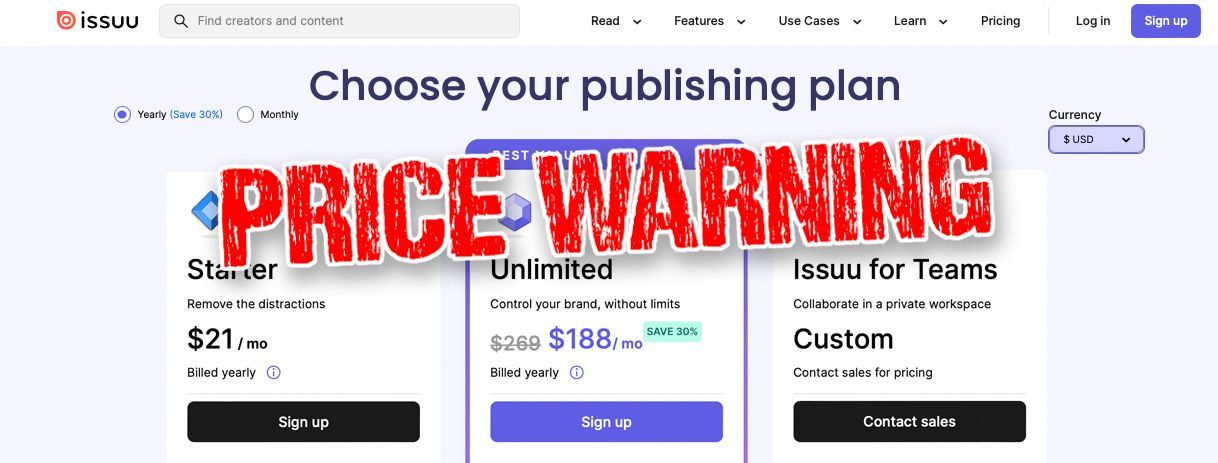The anticipation of holding your very own magazine is a tangible testament to your passions and expertise. But before you dive headfirst into the world of publishing, one question inevitably arises: how long does it take to create a magazine? The answer is a blend of factors influencing the time it takes to develop your publication masterpiece.
The simmering stew: The basics of magazine production
Let's dissect the process, step by tantalising step:
- Concept & planning: Brainstorming themes, defining your target audience, solidifying content goals, and establishing a timeline — this foundational simmer can take two weeks to two months, depending on your vision and complexity.
- Content creation: From captivating articles to mesmerising visuals, this stage could span four to eight weeks, influenced by the length and number of pieces, the research involved, the talent you enlist, and the time it takes contributors to supply their content.
- Magazine design & production: This is where your magazine blossoms, with typography dancing with images and text transforming into a visual symphony. Depending on the pagination, this stage could take a week to four weeks — even longer for high-pagination titles. It all depends on the design complexity and desired revisions.
- Prepress: Since we would have checked all the assets as we produced the magazine, prepress approval could take minutes from when the client approves the publication.
- Printing: Typically, the printing of magazines takes four to six working days, but we recommend that for higher-paginated/longer-run titles, machine time is booked with the printer in advance, especially if the paper needs to be specially ordered for the print work. Time-sensitive newspaper projects can be printed same-day but only if booked in advance.
The time warp: Variables that shape your timeline
Remember, these are just estimations. The actual time warp depends on several variables:
- Frequency: Is this a monthly masterpiece or a quarterly gem? Frequent publications naturally tighten the timeline, or particular deadlines may overlap.
- Page count: More pages translate to more time dedicated to creation and production.
- In-house Vs. Outsourced: Are you a one-person orchestra or a collaborative ensemble? With an in-house team, you would have greater control and flexibility working with a deeper understanding, but talent may be limited and carry a higher cost. Outsourcing provides a larger pool of talent who can expedite the process and swiftly produce the desired results. They are also likely to be more cost-effective.
- Revisions & approvals: Do you embrace the first draft or meticulously polish every detail? The number of revisions can significantly influence the timeframe and price. Proofing content before submitting it to production can substantially reduce time when working through amendments.
Remember, quality takes time
While rushing might seem tempting, remember a magazine is an investment in your vision. Skimping on time can compromise quality, leading to less engaged readers, fewer sponsors, and a less captivating final product.
So, how long does it take to create a magazine?
There's no one-size-fits-all answer. But as a rough guide, a disciplined monthly A5 32pp community magazine could take four weeks to source and write content, sell advertising, produce the pages, print and deliver. For longer bi-monthly paginated titles, you could look at several weeks or more for a complex, high-quality publication.
Embrace the journey
Creating a magazine is not a sprint but a thrilling adventure. Savour the process, enjoy the collaborative spirit and let your passion guide you. With careful planning, strategic allocation of time, and a dash of flexibility, you'll witness your magazine blossoming from concept to captivating reality.
If you wish to discuss your objectives and how long it would take to produce, why not drop us a line?
The post 'Unveiling the timeline: How long does it take to create a magazine?' appeared first on
The Magazine Production Company.
Click here to go back to the main articles page.
Share this content!
Read more of our articles







